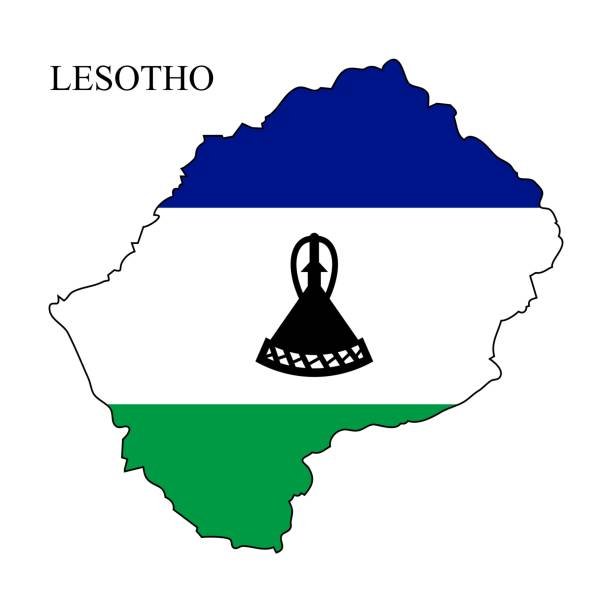How did Moshoeshoe Save Lesotho for Its People?
Moshoeshoe I played a crucial role in shaping the destiny of the modern-day Kingdom of Lesotho. This article seeks to explore the various strategies and decisions he made to save Lesotho for its people. We will break down this complex historical narrative into three distinct sections: his diplomatic strategies, military tactics, and socio-cultural decisions.
How did Moshoeshoe save Lesotho for its people?
Moshoeshoe saved Lesotho for its people through a combination of diplomatic wisdom, innovative military tactics, and socio-cultural integration. His diplomatic strategies included negotiating vital treaties like the Treaty of Aliwal North in 1869, ensuring Lesotho’s sovereignty. In terms of military tactics, he masterfully utilised the mountainous terrain and principles of guerrilla warfare, as seen in the Battle of Thaba Bosiu, to protect his kingdom. Additionally, Moshoeshoe fostered social cohesion by promoting forgiveness and integrating different clans and tribes, creating a unified and harmonious nation. These multifaceted approaches allowed him to navigate the complex political landscape of the time and preserve Lesotho for its people.
Introduction to Diplomatic Strategies
Moshoeshoe’s Diplomatic Wisdom
Diplomacy refers to the art of dealing with people in a sensitive and effective way. Moshoeshoe was a master of diplomacy and he used this skill to negotiate with neighbouring tribes and colonial powers.
Example: Treaty Negotiations
In the face of colonial expansion, Moshoeshoe engaged with British officials through letters and treaties. The most notable example is the Treaty of Aliwal North in 1869. This treaty defined the borders of Lesotho and ensured its survival as a sovereign state.
Theory: Realpolitik
Moshoeshoe’s diplomacy can be understood through the theory of Realpolitik, where he pragmatically navigated the complex political landscape, always focusing on practical and material factors.
Introduction to Military Tactics
Moshoeshoe’s Innovative Military Approach
The second section focuses on Moshoeshoe’s use of military tactics to protect his kingdom. He was not merely a warlord but a wise military strategist who understood the terrain and culture of Lesotho.
Example: Utilising Terrain
In battles such as the Battle of Thaba Bosiu, Moshoeshoe used the mountainous terrain of Lesotho to his advantage. He chose locations that were easily defensible and used guerrilla tactics to defeat larger forces.
Theory: Guerrilla Warfare
Moshoeshoe’s military tactics were deeply rooted in the principles of guerrilla warfare, focusing on mobility, surprise, and the tactical advantage of local terrain.
Introduction to Socio-Cultural Decisions
Building a Unified Nation
Moshoeshoe was not only a warrior and diplomat but also a wise leader who worked to unify various clans into a cohesive nation. He understood the importance of social harmony and cultural preservation.
Example: Cultural Integration
By adopting a policy of forgiveness and integration, he allowed defeated enemies to join his kingdom without reprisals. This fostered a sense of unity and reduced internal strife.
Theory: Social Cohesion
His leadership can be understood through the theory of social cohesion, where he fostered a sense of belonging and loyalty among different clans and tribes.
Conclusion
Moshoeshoe’s multifaceted approach in diplomacy, military tactics, and socio-cultural decisions played a vital role in preserving Lesotho for its people. His pragmatic and wise leadership stands as a beacon for modern leaders and provides a rich history for the people of Lesotho.
In the South African context, Moshoeshoe’s legacy continues to resonate. His ability to navigate complex political landscapes and maintain the sovereignty of his nation is an inspiring tale for young South Africans. His story provides an example of how wisdom, courage, and innovative thinking can shape a nation’s destiny.

